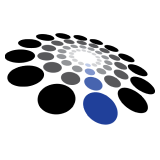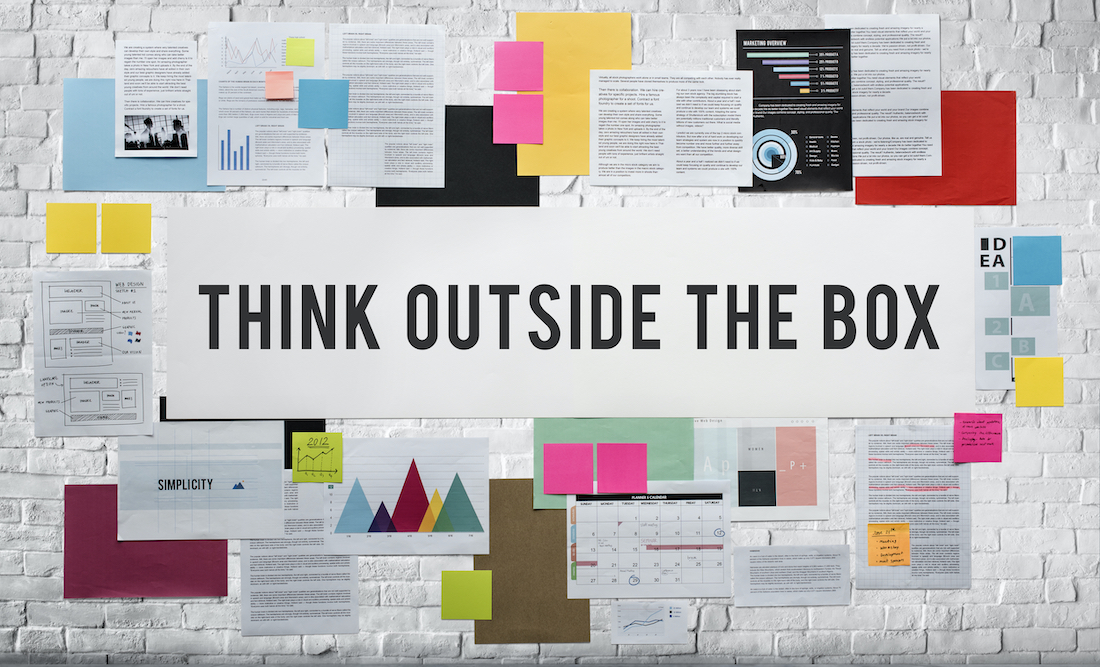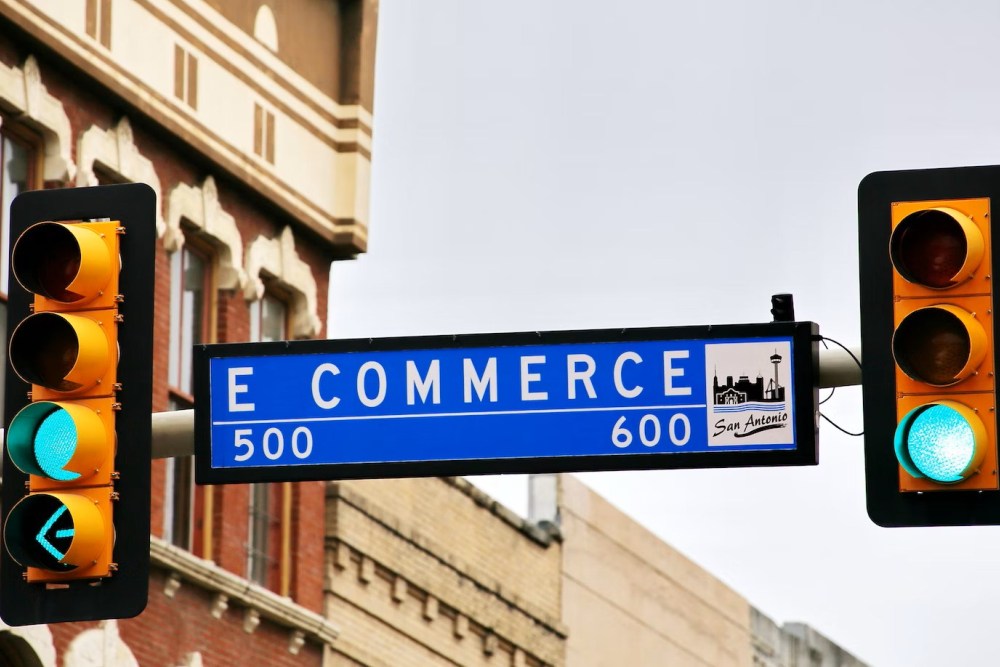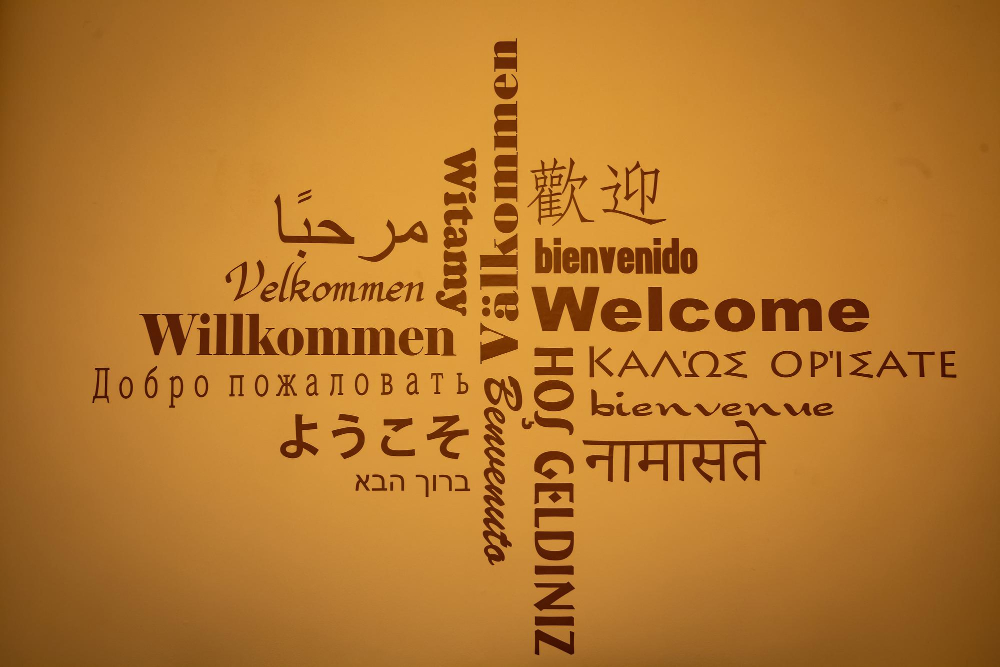You likely understand a “prototype” to be a digital wireframe or construct using Figma (or if you’ve been around a while, maybe Sketch… Adobe XD… Axure… Balsamiq… amongst a few others that have come and gone!).
Whenever we refer to a prototype, testing digital applications or websites is the first answer that comes to mind.
The UX industry drives it, is the subject matter expert of it, and UX’ers are often required to know how to use the tool intuitively and natively to our process.
Particularly as Usability Testing is part of (one of) our core methodologies, a functional digital prototype used as stimulus for our participants to engage with, interact, understand, and to reflect on their real world experience is expected of the profession.
However, “What is a Prototype?”
Merriam Webster defines a Prototype as…
1 : an original model on which something is patterned
2: an individual that exhibits the essential features of a later type
3 : a standard or typical example
4 : a first full-scale and usually functional form of a new type or design of a construction (such as an airplane)
Obviously, “a digital prototype designed and built in Figma” is not part of the definition However, it helps define the purpose, role and use of a prototype.
However, it helps define the purpose, role and use of a prototype.
“An original model on which something is patterned”.
This makes for an interesting perspective when we consider the statement above.
That we are not in fact limited by constructing something within the traditional online methods that we may be used to by now, but rather that a Prototype can therefore represent almost anything.
Consider the realms of possibility depending on your product, application, service, communications, cuisine in your restaurant etc.
“A bedside clock, that represents multiple time zones, the weather and your days calendar”
“An airworthiness certificate for pilots to understand and demonstrate as part of their licencing requirements”
“A new electric vehicle for the New Zealand marketplace, intended for entry level purchasing”
“A newly designed 3-course meal for a new, young audience in a functioning Inner West Sydney restaurant”
By a) conceiving, b) designing, c) constructing a prototype – we have an opportunity to LEARN.
By exposing, demonstrating, and showing our “prototype” to an audience of humans – guided by predetermined objectives we are able to expand our model of creativity and are able to push the boundaries of what is possible, beyond the capabilities of working in a \”digital world”.
Prototyping Sensory Mediums - A Case Study
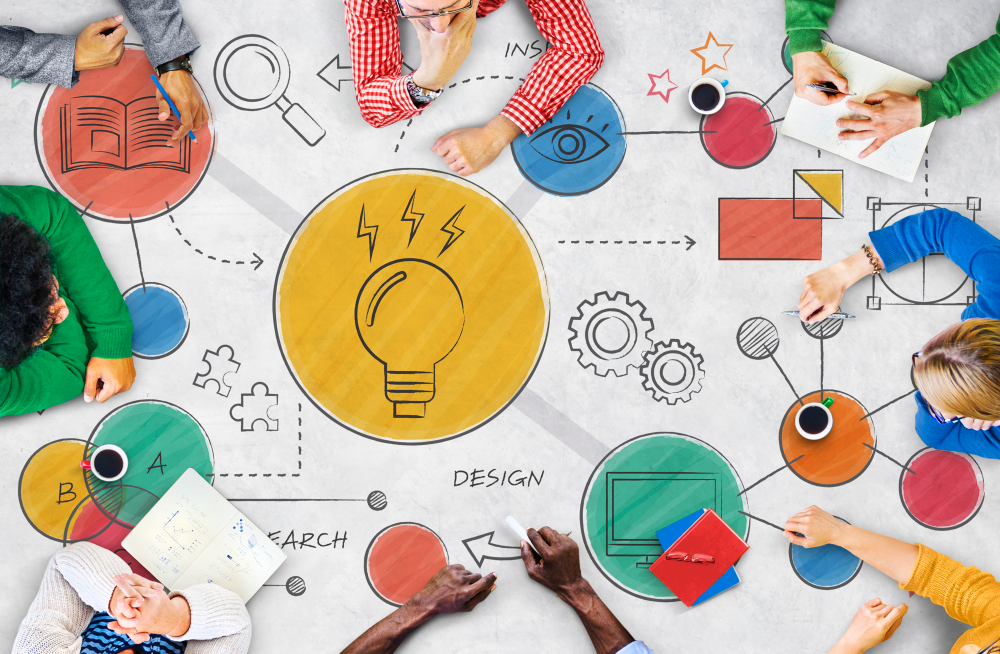
In order to learn, to understand, to iterate our model – we need people.
We require humans to explain and describe their experience using our prototype, and as UX’ers we are always conscious of their behaviors, their unconscious or conscious thinking, their attitude towards the model.
We seek their experience past or present, and how it aligns to the model’s purpose.
Therefore, we require them to be (ideally!) 100% present – in body, in mind, in attention and where required… their senses.
Obviously Vision plays a key role in observing and visually analyzing the model (particularly where aesthetic, symbology, copy or brand is present in our designs), though consider the complete senses of Smell, Taste, Feeling, and Hearing.
Consider then if our Prototype, or our Model, is a new type of potato chip that we want to release to market shelves.
- How should the packaging appear? Should it be simple, minimal, lacking in copy that pops?
- How would our customers use it? Is it for themselves, or guests? Is it to be shared, or only eaten in a time of personal time-out?
- Is the taste agreeable? Does it elicit an emotion, a memory, a feeling between their unconscious state and their taste buds?
Ultimately, we want to understand “what does this all mean?”.
As UX’ers our role is to analyze a person’s use of a prototype with a variety of lenses; not the least of these is what they actually say, but also what is unsaid.
Where are the gaps?
What are the barriers?
Where does the model or product align or disrupt the objectives of the business?
This is where we LEARN; by understanding a person’s engagement with our prototype, do we then truly understand what people want from the experience.
Considering Methods and Tools
In order to learn, our approach and the method, the tools we use, and our way of engaging with people all relies upon our expertise as User Experience professionals to design the ideal scenario.
In (typical) digital prototyping, such as a Figma Prototype demonstrating the interactions of a mobile application, this is easy – we may work with people online over zoom, or via Usertesting.com, or in person – and through a series of questions and tasks, observe them navigating, engaging, and interacting with the product.
Though what if our prototype model is a soft drink?
How might we truly understand the sensation they have feeling the can?
Or the sound it makes on the first opening?
Or their emotional reaction to the first taste?
What environmental considerations should we observe that may disrupt OR complement the experience they have tasting the beverage?
This leads us back to the importance which the environment has in regards to helping us determine the impact of what/where/how the product will act once it’s progressed beyond the research phase of the product journey.
By understanding personal contexts, and where / how / why they’ll drink a soft drink, we can begin to create assumptions about ‘how’ the product needs to be tested.
Often to create an unbiased environment, UX’ers will utilise a Lab Study – a neutralized setting free of exposure, influences or possibly brands – to create a controlled and consistent environment in which to test, that establishes ease of data collection and isolation of any variables.
However, maybe our test requires external influences – such as ecological validity, that creates an authentic and valid context where our participants will actually consume that drink?
Maybe we need to observe from afar, watching and observing people in natural contexts, in order to capture the intricacy and complexity of real world environments and interactions. e.g. in a crowded bar, consumed by patrons on a Saturday night.
“By testing a prototype in a real world setting, we allow natural human behavior to flourish, free of observation bias and scripted experiences, to capture behavior that is not replicable in a lab”
Really, Anything can be a Prototype
As long as there are people involved, and human interaction as a goal – anything can function as a prototype, whether that be a life-size cardboard cutout of a car, or a new tasting menu in a restaurant.
By considering the User Experience process, and validating how humans wish to use and engage with your product – there are methods to design an experience that matches (your customers) contexts.
By spending time in design, not only for the prototype model but for the method of capturing and devising ways of understanding the data points – we can analyze how to create a ‘better’ product through its features… or its emotional delivery, or how its observed, how it’s smelled, how it’s heard.
At Objective Experience, we can help you design and compose a method of testing your customer engagement; be that your website or your service, your digital or analogue product, by discussing with you the “how” it can be tested, “who” it should be tested with, and “what” your needs are.


